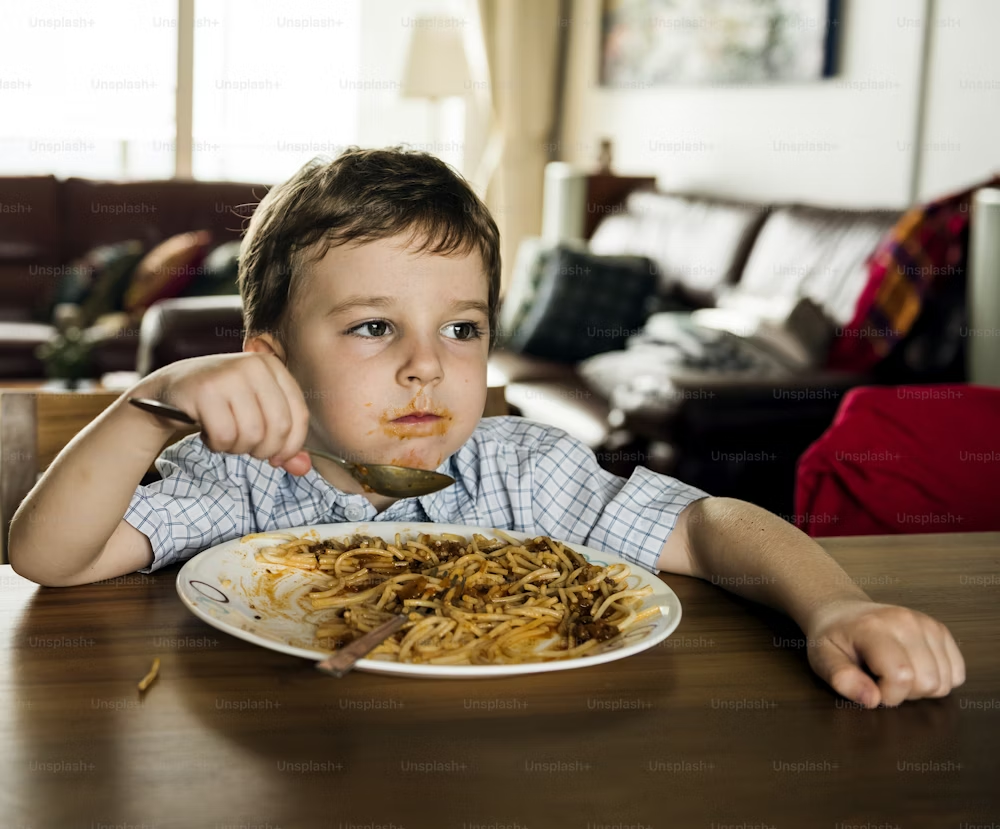What Does an Unhealthy Diet Look Like in Children? A Guide for Pakistani Parents
Learn how to spot the signs of an unhealthy diet in children, what foods to avoid, and how to build healthy eating habits for your family.

As parents, we all want the best for our children—good health, strong bodies, and active minds. But sometimes, without even realizing it, we may be feeding them the wrong types of food. An unhealthy diet in children can lead to more than just weight gain—it affects energy, mood, learning, and long-term health.
So what exactly is an unhealthy diet, and what does it look like in a typical Pakistani home? Let’s break it down.
What Is an Unhealthy Diet?
An unhealthy diet is one that:
- Lacks essential nutrients like protein, fiber, calcium, iron, and vitamins
- Is high in sugar, salt, unhealthy fats, and processed foods
- Doesn’t include enough fruits, vegetables, and whole grains
In simple words: too much junk food, not enough real food.
Common Signs Your Child May Be Eating Unhealthily
Here are some red flags to look out for:
- Low energy or constant tiredness
- Trouble focusing at school
- Frequent stomach issues like bloating or constipation
- Sudden mood swings or irritability
- Rapid weight gain or being underweight
- Too many dental problems (often linked to sugar intake)
Foods That Contribute to an Unhealthy Diet in Pakistani Homes
Let’s be honest—many of the foods we consider “normal” are actually quite unhealthy when eaten regularly. Some examples include:
- Nimko, chips, biscuits, and instant noodles – high in salt, oil, and preservatives
- Pakoras, samosas, and parathas – delicious but oily and heavy
- White bread, bakery items, and packaged juices – low in fiber, high in sugar
- Soft drinks and sugary tea – too much sugar with no nutrition
- Processed meats like sausages and nuggets – full of additives and salt
It’s okay to have these foods once in a while, but they should not be a regular part of your child’s lunchbox or daily meals.
What Should a Healthy Diet Look Like?
A healthy plate for a child should include:
- Proteins – like lentils (daal), eggs, meat, fish, or yogurt
- Fruits and vegetables – at least 1-2 servings every day
- Whole grains – such as roti made with whole wheat, brown rice, or oats
- Healthy fats – like nuts, seeds, or small amounts of desi ghee
- Plenty of water – and less juice or soda
Encourage children to try different local vegetables, seasonal fruits, and traditional home-cooked meals. You’d be surprised how healthy anda paratha with fruit can be when made the right way!
Tips to Reduce Unhealthy Eating Habits
- Don’t keep junk food at home. If it’s not there, kids won’t reach for it.
- Limit screen time, which is often linked to mindless snacking.
- Make healthy food fun – use colorful fruits, shapes, and simple recipes.
- Be a role model. Children copy what they see. If you eat healthy, they will too.
- Talk about food in a positive way—not just “this is good” or “this is bad,” but how it helps their body grow stronger.
The Long-Term Impact of Poor Nutrition
If poor eating habits continue, children may face serious health issues like:
- Obesity or diabetes
- Weak bones and low immunity
- Poor academic performance
- Emotional challenges like anxiety or low confidence
But the good news is: it’s never too late to make a change.
Final Thoughts
Every bite counts. Teaching your children about healthy eating is one of the most powerful gifts you can give them. Start small—replace one snack, add one fruit, reduce one fizzy drink—and see the difference in their mood, energy, and health.
At Gateway International School, we regularly educate both children and parents on building strong foundations for a healthier life. Let’s work together to raise a generation that eats well, learns better, and lives healthier.
Gateway International School: Where every child’s day is a story worth sharing.











